Intro
I’ve never been a sports fan, but imagine my surprise when NFL recruiters started leaving voicemails about a possible contract with the league’s marketing department. I knew it would be time to roll up my sleeves and prepare to dive into new platforms, new data models, and a unique business model to follow. The work was simply marvelous, albeit extremely time consuming. Transitioning from Salesforce’s ecosystem back to Adobe was tough, but training from both Salesforce proper and additional training resources made the learning journey exciting. As one of 3 Fan Journey Managers for the entire league, I also landed the responsibility of managing League journeys over journeys for the 32 teams! If you’ve ever wondered what it’s like to work for one of the world’s most renown organizations, here’s what a typical day looked like as a Fan Journey Manager.
There’s a harsh but eye-opening reality that comes with producing world-class marketing campaigns for organizations like ESPN and the NFL. Behind the glitz and glamour of America’s favorite pastime lies a battlefield of fierce competition, relentless deadlines, and unyielding expectations. For those aspiring to venture into the realm of technical marketing roles with within sports leagues, this journey promises not just excitement and opportunity, but also a grueling test of skill, resilience, creativity, and time commitment. Strap in as I help peel back the curtain on the reality of navigating the high-stakes world of NFL marketing.

On a Tuesday
7:00 AM – Kickoff Meeting with Creative
I start the day with a meeting to touch base with Creative. We dive into the status of our Shop promotions, discussing the involvement of our third-party implementation partner. It’s crucial to ensure everyone is on the same page regarding the need for unique codes and respective responsibilities. Its here that we get aligned on any creative assets that need to be created for outgoing emails, SMS, or in-app messaging deployments. We also take time here to look over all pending LucidChart campaigns, touch points, and timelines for any launches.
8:30 AM – Touch Base with Business Intelligence
Experiences with list generation will always vary based on role and industry. I’ve had a ton of jobs where my team, CRM, would be responsible for pulling and generating lists, however in the same token I’ve had the opposite where we’d coordinate with business intelligence teams for list acquisition. Weekly meetings with business intelligence actually help organizations across the board as teams become more digital facing. In my experience, cross-functional teams will always have non-technical personnel who benefit from data transparency. Team members can manage their own roles better when there’s some understanding of how the data works, what it looks like, and any timetables associated with said data. These are all questions that get answered by the good folks in business intelligence in most cases. In sports, these meetings help us understand how we process real-time fan data.
9:15 AM – Modals for In-App Messaging
Next, I typically join forces with my colleagues to manage OneSignal Modals for in-app messaging. Apps and events like NFL+, NFL Sunday Ticket, and the NFL Fantasy app are managed by PCM, People Cloud Manager, Adobe Journey Builder, and OneSignal. Without going into the nitty gritty, we manage channel deployments from the league to the 32 teams using an array of different software tools that integrate with the teams’ different tech stacks, So, for instance, we’re triggering email journeys to Salesforce Marketing Cloud and HubSpot from event triggers within Adobe Journey Builder. These triggers require all the moving parts to be set up ahead of time, hence our meeting to discuss the build time and resources for OneSignal modals. Essentially, my job entails updating modals’ content imagery, copy text, and calls-to-action, then updating those modals’ triggers within Adobe Experience Platform API.
10:00 AM – Aligning the Creative Workback Schedule
After the modals are set up, management ensures that creative due dates align seamlessly with our workback schedule. Real-time data dependent campaigns require a coordinated song and dance between Campaign Ops, Creative, and Business Intelligence. A part of my job required maintenance and management of a productivity worksheet called the Creative Workback Schedule. We place the spreadsheet in a public folder for all to review any due dates required for creative assets. So, I list all the outgoing emails, texts, and in-app comms in the spreadsheet along with any anticipated due dates, deadlines, etc. to ensure that all teams are always informed on creative availability.
I took the liberty of suggesting an additional column in the Creative Workback Schedule to accommodate a new identification code for reference between campaign LucidCharts. While it may seem like a small addition, this new column made it significantly easier for the creative team to differentiate each communications deployment across the Lucid and Workback Schedule. Prior to my suggestion, teams were consistently running into confusion between which asset referred to which campaign; my addition made it visually apparent at a glance.
1:30 PM – Measurement Optimization
In the afternoon, our focus shifts to enhancing fan engagement strategies. We brainstorm ways to better measure awareness, product comprehension, subscriptions, and revenue related to NFL+ and NFL Sunday Ticket through journey activation. Its here that I get to flex my Salesforce Marketing Cloud expertise by running reports on historical sends, analyzing Journey effectiveness, and making recommendations on what we can be doing to enhance the fan journey. Durning my tenure, I made suggestions that optimize the data acquisition process as well as recommendations on how we leverage data in future audience segmentation. As a Fan Journey Manager, I made a consistent effort to ensure that my contributions work towards optimizing the omnichannel messaging strategy as well as team’s understanding of the league messaging strategy. A great example here involves our initiative to decrease team outreach in lieu of league messaging. We walked a tight rope between helping league teams understand that less communication can be more in the realm of engagement, while also helping them maintain the autonomy of their organizational email strategy.
2:45 PM – Optimizing Partner Activation
We explore methods to incorporate partners into our fan journeys without overwhelming our audience. It’s essential to strike a balance that adds value without causing fatigue among fans. My time in sports has always entailed balancing partner activation with first-party business goals. My tenure with the NFL includes a great deal of helping to fight partner fatigue. Our subscriber base generated twice the engagement with first party content versus partner, so my individual insight usually deferred to finding opportunities to enhance first-party activation. One great example here lies in my first campaign leadership project with Kickoff 2024. After a great deal of contract review, legal insights, and business intelligence coordination, I made a pivotal decision to shift away from partner sweepstakes CTA in favor of NFL owned channels like NFL Shop and Team Shop. My pitch to management revolved around our ability to manage all NFL owned promotions in-house, as well as the additional perk of receiving all campaign data firsthand rather than having to beg for it back from a vendor in a timely fashion. NFL leadership decided to shift towards my recommendation for the 2023 NFL Kickoff game.
4:00 PM – Selling 1:1 Engagement to Teams
As the day winds down, we shift to supporting team efforts on new journey activations. One of my primary responsibilities upon joining the NFL revolved around onboarding the 32 teams to the NFL’s newly proposed strategy for recommended league campaigns. I started the role with the expectation of presenting teams with the omnichannel and email campaigns recommended by league leadership. After spending a couple of weeks learning the business, onboarding teams by phase, and understanding the league’s business goals, my team proposed a new strategy: a playbook. Instead of presenting teams with the league’s dictated campaigns, we would instead present them with a playbook of campaign options that they could choose à la carte. Allowing teams to pick and choose their campaigns made the initiative significantly easier from initially presenting campaigns to onboarding each into Adobe Experience Platform for execution.
5:00 PM – Journey Development
NFL days span the entire 8 hour day with much of one’s time shifting from meeting to meeting, but the bread and butter of this role revolves around deployments to over 40M subscribers, game attendees, fantasy football players, and fans. The tech stack alternates between Salesforce Marketing Cloud, Marketing Cloud Journey Builder, Adobe Experience Platform, Adobe Journey Builder, OneSignal, and PeopleCloud Manager. My workflow entails referencing a visual representation of each proposed fan journey in LucidChart, then building a functional journey representing each touch point, segmentation activity, and journey event within Adobe Journey Optimizer. Put simply, the AJO version would then get pushed out to Marketing Cloud and other CRM systems via API. Aside from interpreting journeys from LucidChart, I’d also work towards optimizing audience and touchpoint flow within the journey design. My primary journey ownership spanned Kickoff 2023, Upsell, and Group Purchasing, which were all core campaigns dependent on real-time data and responsible for key audience data collection for the organization.
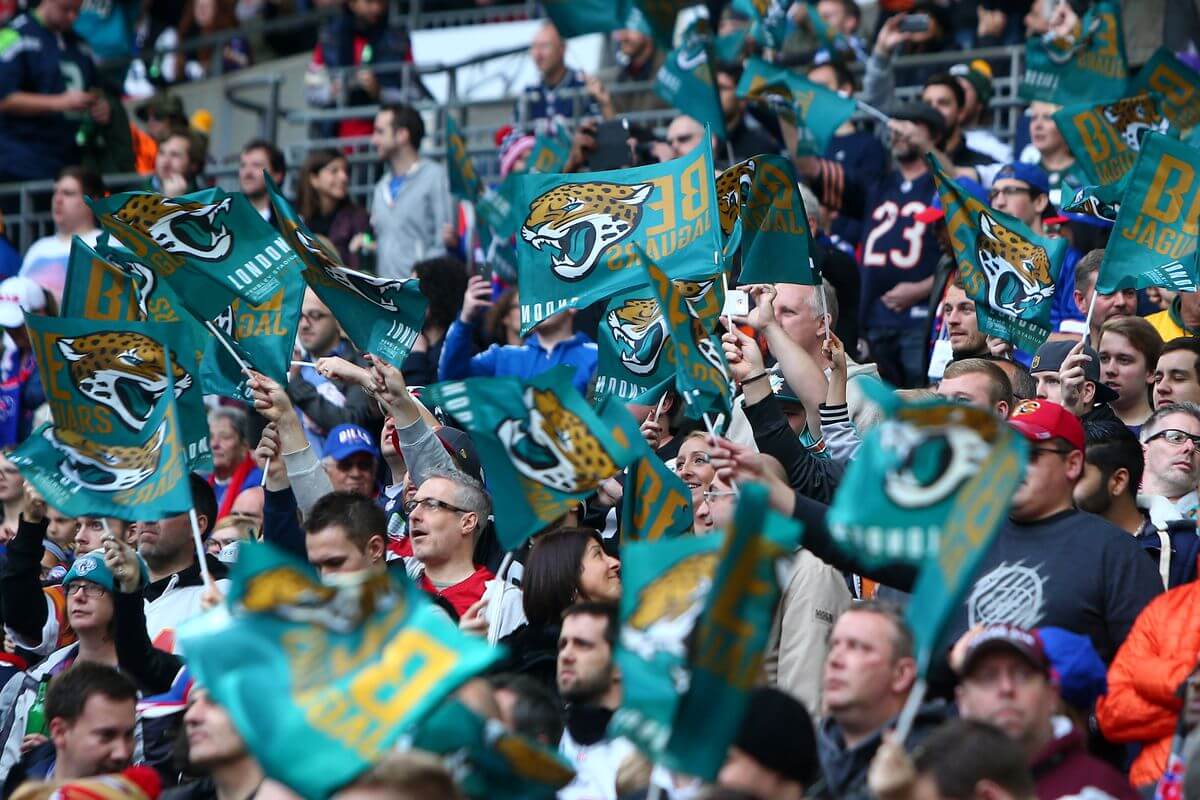
Outcomes
By the end of the day, we’ve made significant progress. Our initiatives have led to increased awareness, product comprehension, subscriptions, and revenue for NFL+ and NFL Sunday Ticket. We’ve also successfully integrated partners into fan journeys while improving scalability and effectiveness in engaging our audience, including Club members.
I think its really ironic that I’ve landed great roles with ESPN and the NFL despite not being a sports fan whatsoever. Its funny to think back to my college days as I remember always going to visit my friends and they’d have ESPN playing all the time, while in comparison I’d never even intentionally EVER watched a game, or programming. In fact, even today I couldn’t name any two players on any one football team if it would save my life, and yet I keep landing sports roles over roles in my desired fields of interest. I digress though, as I’m infinitely thankful for the opportunity to work with such an esteemed organization. For many marketers, it would be their end all be all, but for me its a pitstop on the way towards my end destination.
Conclusion
There’s a ton of data being processed behind the scenes that powers the NFL machine. Identity resolution, real-time comparative analysis, and geographical matching algorithms aside, I’m still in awe at how much opportunity still exists for data expansion across the fan database. The opportunity represents those once in a lifetime experiences that I’ll cherish forever. I’m still not a sports fan, but I’m certainly a fan of the passion fans have for their favorite teams. I’m also in love with fan data and the way the league has chosen to curate fan data to enhance the viewing experience.
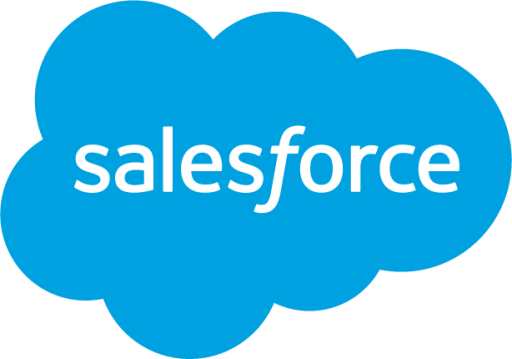
Some data lived on Salesforce for running reports, building dashboards, or cross referencing data.
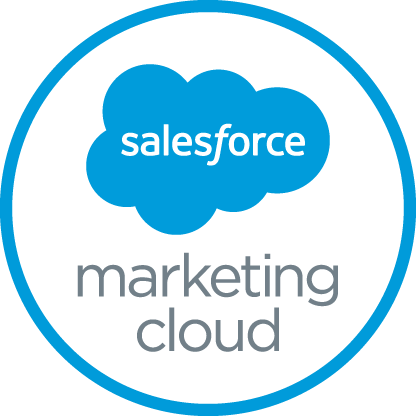
Some email builds were built directly in SFMC while others were pushed via API. Social Studio component too.
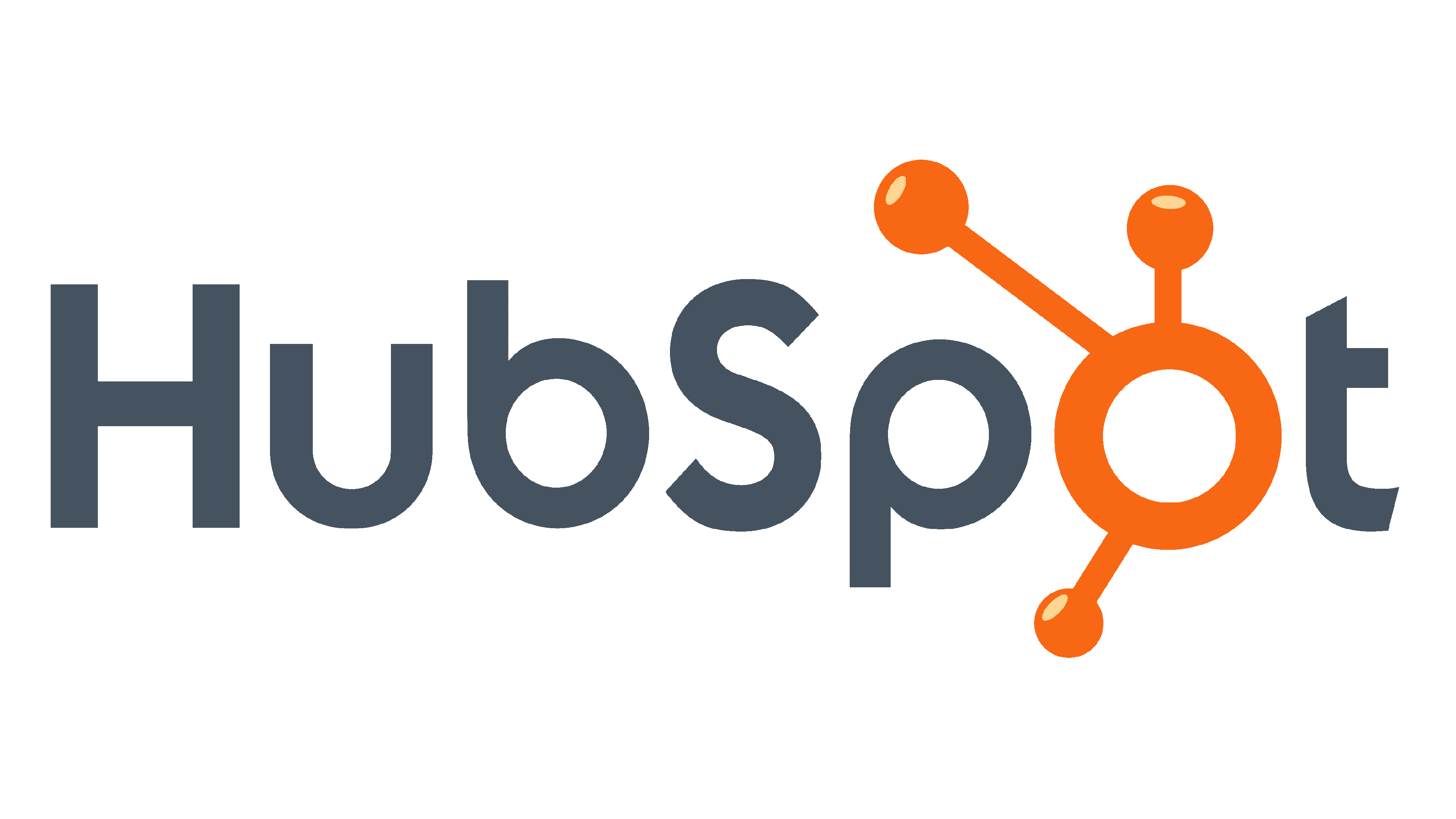
Used mainly for ad hoc email sends and relegated to a small subset of fan communications.
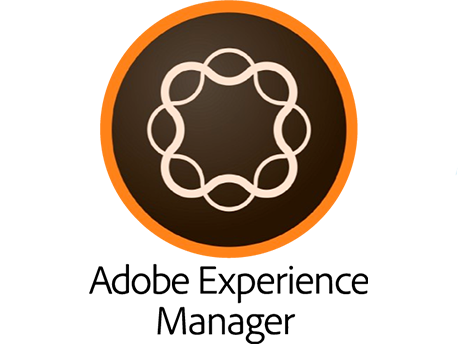
The majority of my workload is spent in Adobe Journey Optimizer building out fan journeys and filtering through data.

Adobe Experience Platforms powers everything we do from content hosting to reporting and campaign execution.

Modal creation for SMS and in-app messaging. Creating, building, and activating modals for mobile comms.

PeopleSoft Cloud Manager is my go-to for filtering and sifting through lists and fan data.

For a time, there were several IPs that needed to be monitored and managed to increase reputation issues.
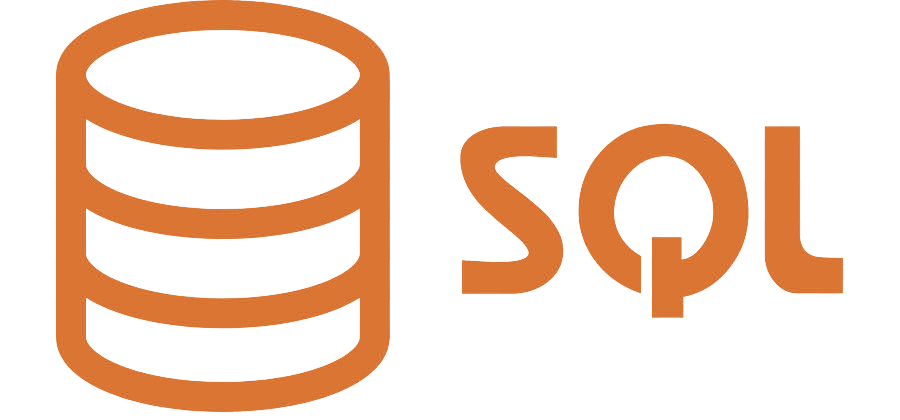
Managing and creating queries to pull data from multiple tables for list sends. Buildin these skills daily.
